Discrete Non-Addressable RGB LEDs...
| Part Number | CLMVC-FKA-CL1D1L71BB7C3C3 | IN-S66TBTRGB | IN-P32TATRGB | 150141M173100 | IN-S128TATRGB | ASMB-LTB2-0A333 | ASMB-KTF0-0A306 | LTST-C19HE1WT | ASMB-TTF0-0A20B |
|---|---|---|---|---|---|---|---|---|---|
| Image | 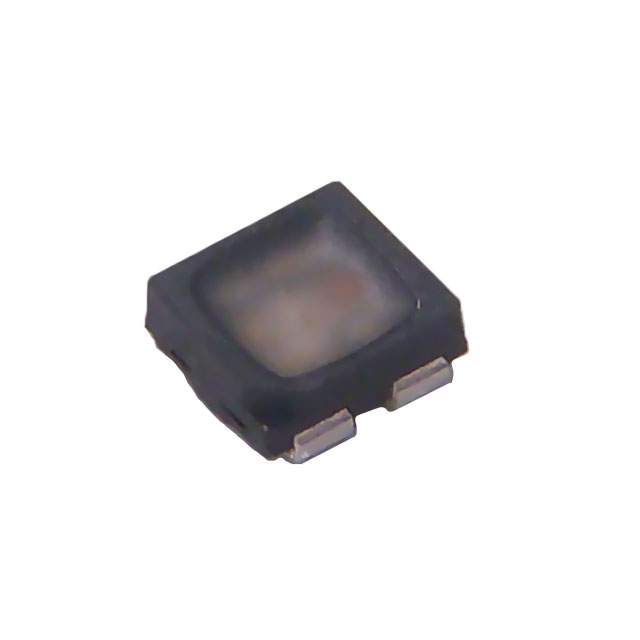 | 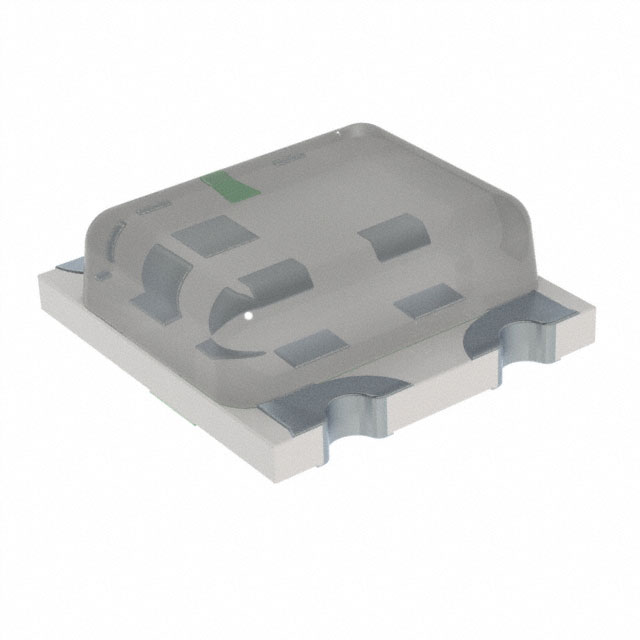 | 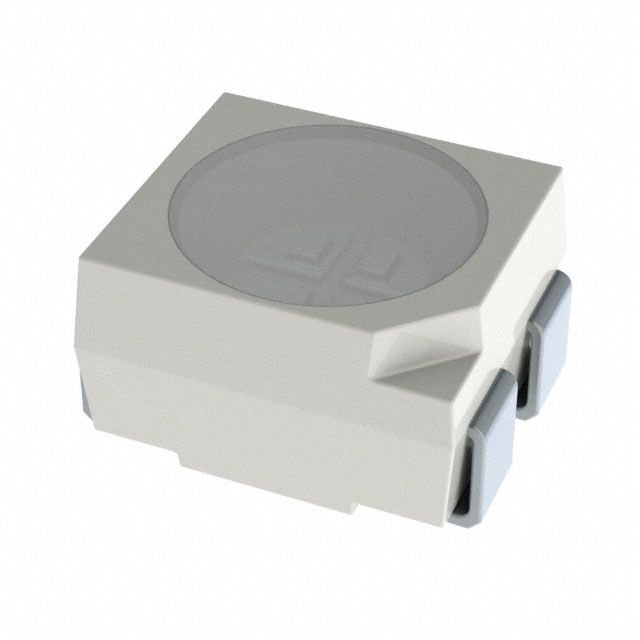 | 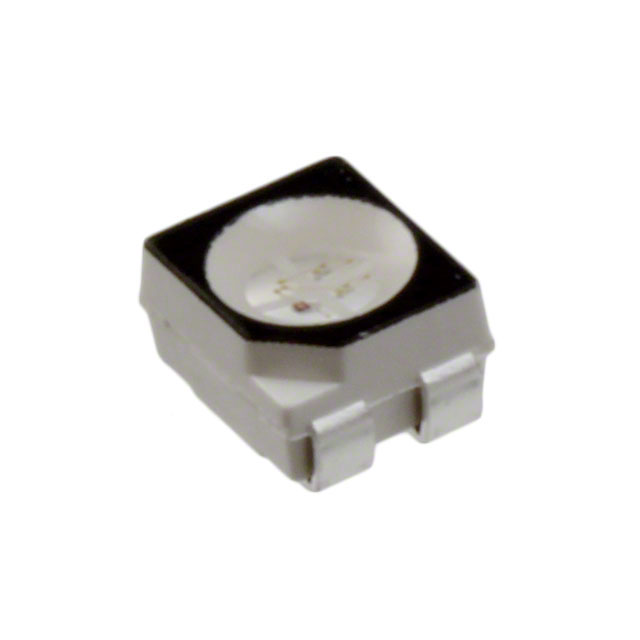 | 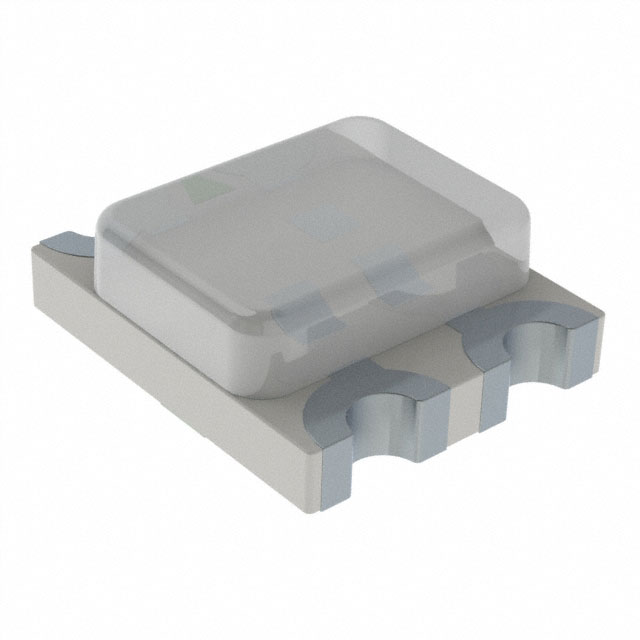 | 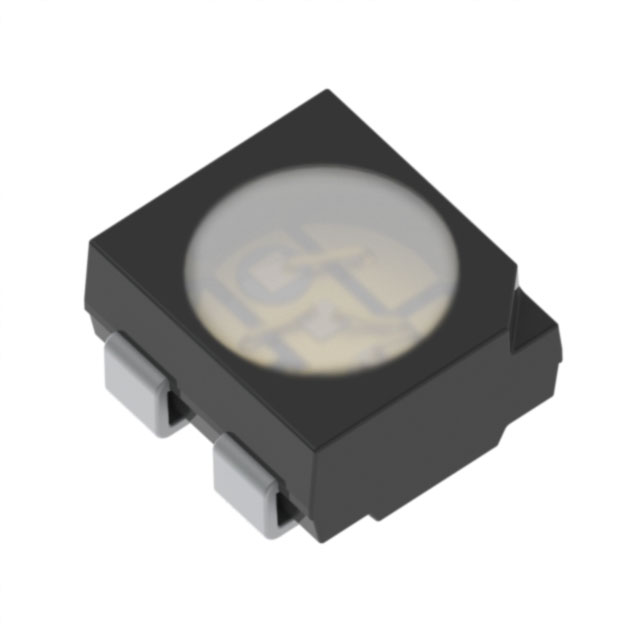 | 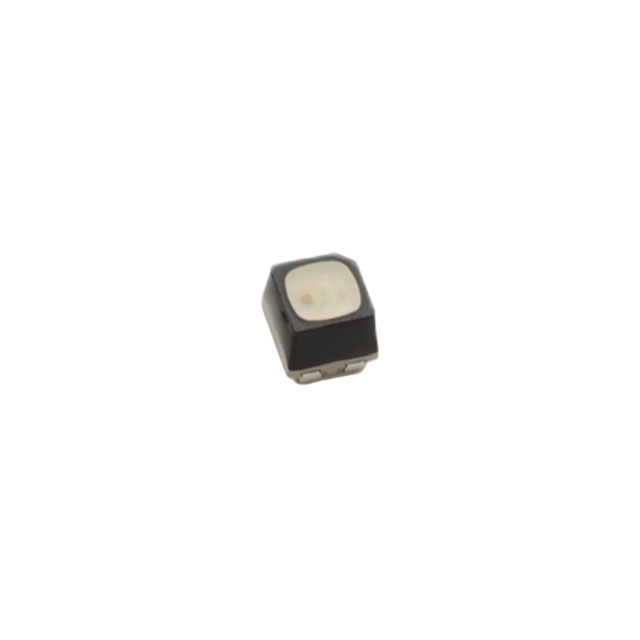 | 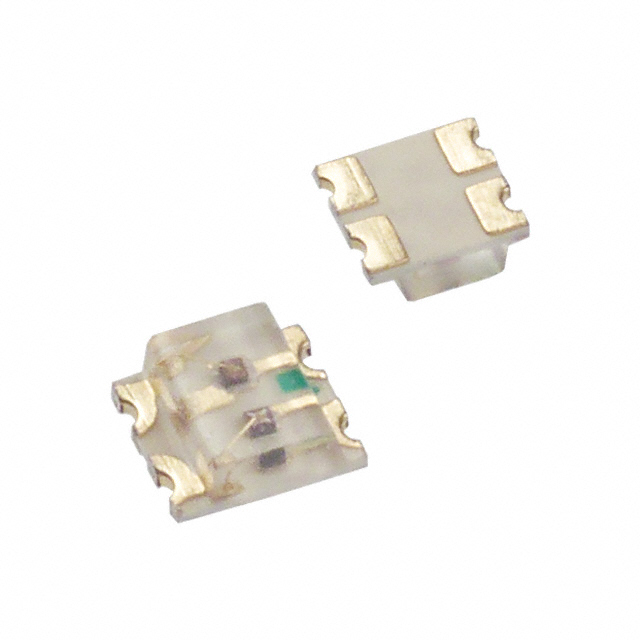 | 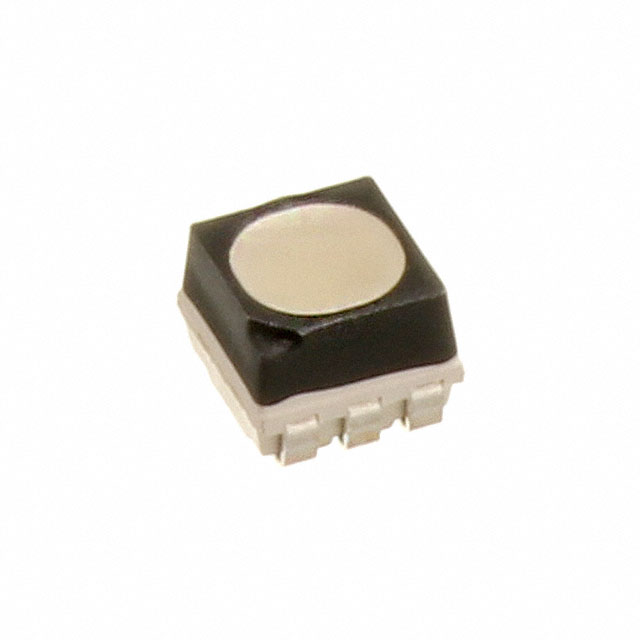 |
| Supplier Link | DigiKey | DigiKey | DigiKey | DigiKey | DigiKey | DigiKey | DigiKey | DigiKey | DigiKey |
| Colour | RGB | RGB | RGB | RGB | RGB | RGB | RGB | RGB | RGB |
| Lens | Clear | Clear | Clear | Clear | Clear | Diffused | Diffused | Diffused | Diffused |
| Package/Dimensions | |||||||||
| Absolute Maximum Voltage | |||||||||
| Average Forward Current | |||||||||
| Frequency | - | - | - | - | - | - | - | - | - |
| Configuration | Common anode | Common anode | Common anode | Common anode | Common anode | Common anode | Common anode | Common anode | Direct connection to A/K |
| Data Lines | |||||||||
| Cost (for 256) | USD$50.20 | USD$41.63 | USD$44.60 | USD$109.06 | USD$47.56 | USD$65.05 | USD$41.63 | USD$46.80 | USD$55.91 |
| Remarks | Designed specifically for a fine pitch |
- For these non-addressable LEDs, it will be much more difficult to get a specific colour value as I will need to produce the PWM signals myself—which would likely be incredibly complex for a matrix
- ie, I will need to produce the PWM signal for the RGB data lines for each of my LEDs at the output of my shift register, if I want to have more than just the base combination of colours
- This is
- I will also need to refresh each row multiple (many) times per display state, in order to produce the necessary PWM for each of the RGB data lines
- This is likely to become impracticable for a large matrix—I would need to refresh each row multiple (many) times per display state, in order to produce the necessary PWM for each of the RGB data lines
- This is likely to become impracticable, as I would need to refresh each row 256 times per frame to produce the typical 16.8 M colours (ie giving each RGB data line a PWM duty cycle of 256 'counts')
- Thus to drive the display at a reasonable
- It would also likely be reasonably complex to implement correctly
- Would also produce a worse colour output as there is no constant current drive circuity; each RGB data input would require its own current limiting protection resistor, etc
- Could use an LED driver IC to resolve most of those problems, but DigiKey only stocks ICs with up to 48 outputs—this would correspond to only 16 RGB LEDs per driver, requiring lots of drivers for a full matrix—accounting for GPIO pins/routing paths (not to mention cost), this is still not very practicable
Question
I'm actually not convinced by this... people have built
- Addressing the hardware concerns—if I employ both shifting (standard shift registers or LED drivers) and multiplexing, I am sure I can significantly cut down on the number of ICs required—it would just increase the complexity of the firmware, but that is fine, provided the clock timing requirements remain reasonable
- If I want to drive 8 LEDs at once, this requires
- If I use a 48 channel LED driver, this would correspond to 16 LEDs at once
- Assuming a matrix of
- I could then use a single driver and multiplex through the columns one at a time
- This would be very reasonable...
- With two drivers, I could scan through from Column 0 to Column 9 and Column 10 to Column 19, which I have seen detailed in the datasheets for the Adafruit matrices as providing a smoother visual appearance
- If I want to drive 8 LEDs at once, this requires
| Part Number | NH-B1212RGBA-HF | NH-B1515RGBA-HF | NH-B2020RGBA-HF | RS-1515MBAM | MHPA2121URGBDT | ASCB-JTC2-0A308 |
|---|---|---|---|---|---|---|
| Image |  |  |  |  |  |  |
| Supplier Link | LCSC | LCSC | LCSC | LCSC | LCSC | DigiKey |
| Colour | RGB | RGB | RGB | RGB | RGB | RGB |
| Lens | Diffused square | Diffused square | Diffused circle | Diffused square | Diffused circle | Diffused square |
| Package/Dimensions | ||||||
| Absolute Maximum Voltage | ||||||
| Average Forward Current | ||||||
| Configuration | Common anode | Common anode | Common anode | Common anode | Common anode | Common anode |
| Data Lines | ||||||
| Cost (for 256) | USD2.44 | USD$1.98 | USD$1.98 | USD$4.47 | USD$15.76 | USD$71.71 |
| Remarks |
As commented above an in Discrete Addressable LEDs, these devices are the ones that I think will look the best package-wise on my board, as I can find them in a black colour and with diffused lenses, both of which I am unable to find with addressable LEDs.
Preferred Device(s)
If I choose to go with non-addressable LEDs, I would select:
RS-1515MBAM, for price, lens, and forward current.NH-B1515RGBA-HFas it is pin compatible.ASCB-JTC2-0A308as it is pin compatible.CLMVC-FKA-CL1D1L71BB7C3C3.